A few weeks ago, I posted about how you could stand on the San Andreas Earthquake Fault Line in Carrizo Plain National Monument. This week, I’d like to tell you about another of the cool features of this unknown national monument: it hosts two exhibits of farming equipment used within the last two centuries. These exhibits aren’t what you’d normally find in a museum display, with fences around the equipment and interpretive signs that tell you what you’re seeing. Instead, you can walk right up to these exhibits (you’re even encouraged to climb on one), and you can read about each one with the signs (visitor center) or informational pamphlet (Traver Ranch) provided. There are old discs and ploughs, sulky rakes and chisels, threshers and tractors, an old wooden grain elevator, and even (my favorite) an old yellow crawler tractor! It’s quite something to see these farm machines and implements in their natural environment (a dry field) instead of in a carefully manicured museum lawn.
The first of the farm exhibits is Traver Ranch, located in the southern part of Carrizo Plain National Monument on Soda Lake Road. To get there, from I-5 take Exit 244. Turn west onto Taft Hwy (CA-119W) at the bottom of the exit ramp; this will be turning left if you’re coming from the south and right if you’re coming from the north. Take CA-119W for 18.3 miles through the town of Taft to where the road becomes CA-33S. Drive this road for another 6.2 miles to the town of Maricopa. In the town, you will need to turn right onto Poso Street for about 300ft., and then continue on CA-33S/CA-166W for another 9 miles. At this point, turn right onto Soda Lake Road and drive 11.7 miles to Traver Ranch. A sign should mark the parking area on the left side of the road.
If you’re coming from the main part of the park, take the Soda Lake Road south for about 18 miles from the Goodwin Education Center (Visitor Center). The parking area will be on your right.
Alternatively, from US 101 (Santa Maria), take Exit 175. Go east on CA-166E for 66.7 miles. Turn left onto Soda Lake Road, and drive 11.7 miles to the Traver Ranch, on your left.
***Important Note*** Google Maps and GPSs are notorious for getting these directions wrong, so be forewarned that there may be errors in their directions!
The L.E. Traver Ranch was created in the Traver Family bought 800 acres of land to farm. The family grew mostly dryland farming crops of wheat and barley, although this could be a risky venture in an area that receives only 8-10 inches of rain each year. They also built a large block house for themselves and several outbuildings. Today, the house and the outbuildings are home to bats and other wild animals. The park service is trying to encourage the animals’ survival, so they request that visitors stay out of the buildings, which are fenced in. It is also dangerous to enter the fenced-off enclosure. That’s ok with me: there is quite a bit to see without going anywhere near the buildings! A small information kiosk is located near the parking area; here you can read about the family, the farm, and the equipment that was used. When you’re done, head over to your left (if your back is to Soda Lake Road) towards the field full of old tractors and other farm equipment.
Some of the equipment that is in the field is the type that would have been used during the 1940s, while others date from an earlier in history (you’ll find dates ranging from the 1800s to mid-1900s). As I mentioned above, my favorite was the International TD-35 Crawler Tractor, still painted yellow and in good condition. I doubt it still runs, but it looks good! I’d like to take you on a tour of the equipment, starting on the end nearest the parking lot and nearest Soda Lake Road. You should be facing the road when you’re looking at the first exhibit, and it should read “#1”, although not all the equipment has numbers visible.
Stop #1: Atlas Rotary Scraper. This was used for clearing land and leveling fields before they were plowed.
Stop #2 (step slightly to the right): Fresno Scraper. The scraper was used to prepare the ground for plowing. It was dragged behind horses or tractors to level the field and pick up any large rocks that could damage a plow and keep the crops from growing properly.
Stop #3 (step right): International TD-35 Tractor. The caterpillar-style wheels of this crawler tractor made it very useful for many different farming uses. It could pull plows, harrows, seeders, and rakes, as well as other farm equipment. This tractor started using gasoline, and then the operator would push a lever to run it on diesel fuel.
Stop #4 (step right and a little closer to Soda Lake Road): Minnesota Moline Off-set Disk. This piece of equipment was used to chunk up the dirt after a field had been plowed. These discs were ganged in tandem.
Stop #7 (step right; we’ll get back to #5, #6, and #9 later): Wheatland Disk. This harrow is similar to the Minnesota Moline, and broke up a larger swath of soil than many other disk harrows. The rear gang could also be detached.
Stop #8 (step right): Stockton Plow. The Stockton plow was invented in California, and was often used on large grain farms around 1900. The curved plate that was mounted on the plowshare and rotated the soil gave the plow a secondary name of Moldboard Plow.
Stop #10 (step right and a little back from the road): Chisel. Chisels were used to deeply till the soil. The piece of equipment was only used occasionally.
Stop #11 (step right): Seeder. This was used to spread grain seeds over the soil that had been tilled. Seeders can be pulled by horses or pulled by a tractor.
Stop #12 (step right and a little away from the road): Another Seeder.
Stop #13 (step right and a little away from the road): Yet another Seeder.
Stop #14 (walk towards the road): Sulky Rake. A Sulky Rake was usually drawn by one or two horses and was used to gather grain or hay when harvesting. This was especially interesting to my group because my grandmother used to drive one on her family farm.
Stop #15 (walk back over toward #13): Hay Bale Loader. After the hay had been cut and bound, it was left in the field. A bale loader like this one would be attached to a truck or tractor and driven through the field so the bales of hay could be tossed in and easily transported to the barn.
Stop #16 (step right): Another Hay Bale Loader.
Stop #17 (walk towards the road): Grain Auger. A grain auger took the grain from a truck and deposited it into tanks for storage. This saved the farmers from needing to toss the grain into the tanks by hand.
Stop #18 (turn around and walk away from the road to the far corner of the field away from the road and parking area): Water Wagon. This piece of machinery was used by Basque sheepherders on Carrizo Plain to carry water with them. In an area that only receives 8-10 inches of rain a year, water is a precious necessity.
Stop #9 (walk back towards the parking area): Tool Cart. This was used to take tools from the barns or outbuildings to other parts of the farm.
Stop #6 (step right): DYRR Off-set Disk. The DYRR is one of the earliest models of off-set disk harrows. This one was made in Oxnard, California by DYRR Products.
Stop #5 (step right): Light Disk. Like the other harrows, this one is off-set. It is called “light” because it has smaller disks, and therefore it did not dig as deeply into the soil.
From here you can walk back to your vehicle, or continue to enjoy the old farm equipment more thoroughly. Some of the equipment has signs specifically requesting visitors not to climb on or handle the equipment; please respect these requests.
If you’re in the mood to see some more farm equipment, but some that is very different from what you’ve already seen, turn left out of the parking area onto Soda Lake Road and drive 18 miles to the Goodwin Educational Center (the visitor center). A sign before you get to Soda Lake will point left down another road to get to the center—follow the signs; it is well-marked. Park in the parking area next to the visitor center (which was closed the entire time we were there, likely due to the fact that it was New Year’s Eve). Then walk down the dirt road to the right of the visitor center (when you’re in the parking lot facing the visitor center). It’s a little bit of a walk, but not too bad, to get to the farm machinery. When we were there, it was a very misty morning in late December. All the equipment, and especially the wooden grain elevator, looked surreal and mystical with the mist obscuring the sky and nearby farmland and swirling gently around the equipment from long-gone days. I highly recommend that you visit on a misty morning!
A short ways down the road you will come to a row of old tractors and threshers. There is also an old Sulky Rake, and some other pieces of old equipment. The threshers were the most fascinating part to me. These were once used to thresh grain, taking the threshing time needed to do the job by hand and cutting it dramatically. However, threshers could be very difficult and cumbersome to operate, as well as dangerous. It took several full-grown men to run a thresher, so neighbors often helped each other out during threshing time. The tractors in the area are also very interesting. Interpretive signs offer information about threshing and farming in the area.
Over beyond the farm equipment are some old buildings, including a wooden grain elevator. At one time there were tanks beneath each of the pipes that now hang off of it. Grain was dumped at the bottom of the structure, and the elevator took it up and dropped it into the tanks. There are some other outbuildings in that area; I don’t recall looking at them while I was visiting, although I don’t believe there was anything stopping us, either.
Neither walk to see the farm equipment is exactly a hike, but it’s a really interesting way to spend part of a day. I love history, so to be able to see the remnants of the past, up close and personal, was a lot of fun. Between this and the Wallace Creek Trail, you could spend a good part of a day enjoying Carrizo National Monument…you should see Soda Lake, too, but I’ll save that for another post.
Trail 




Road 




Signs 




Scenery 




Would I go 100 miles out of my way for this? 




Overall Rating: 




This Week’s Featured Product!
The authors of this guide have geared their hiking suggestions toward families! With 50 hikes to choose from across the state, there are so many great options for families or those who want slightly shorter trails.

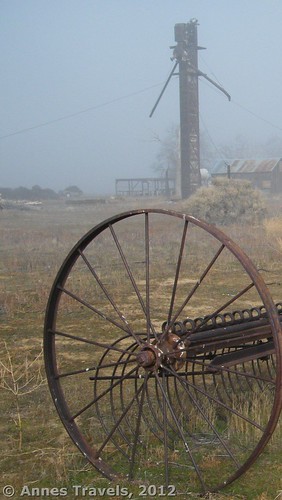
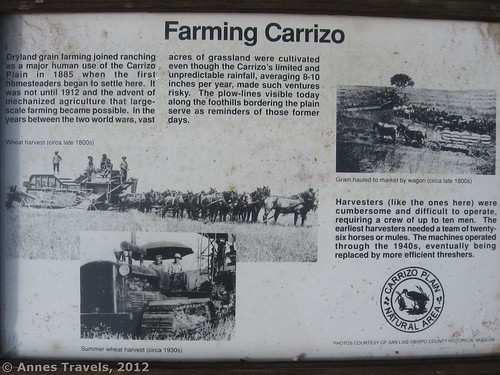
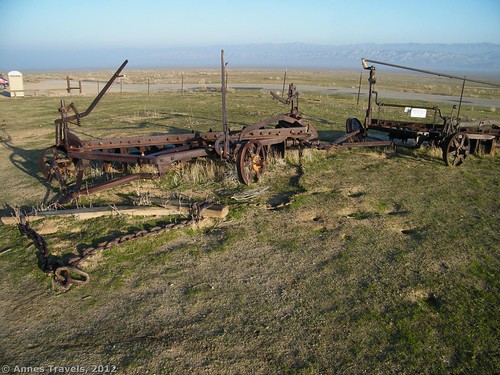
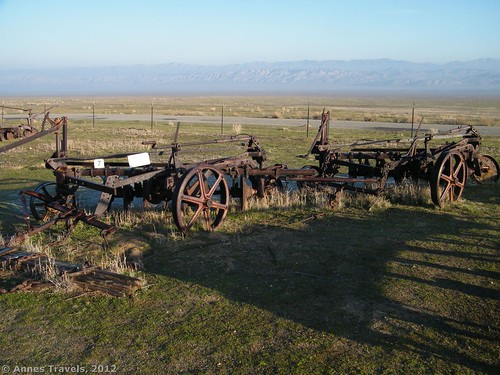
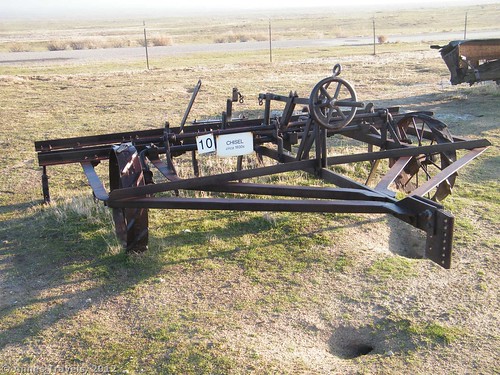
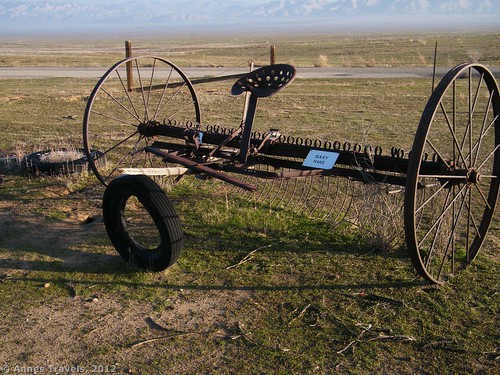
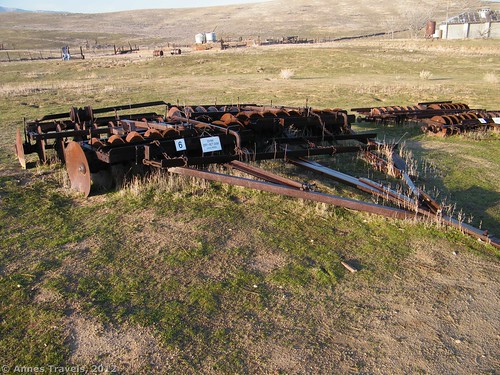
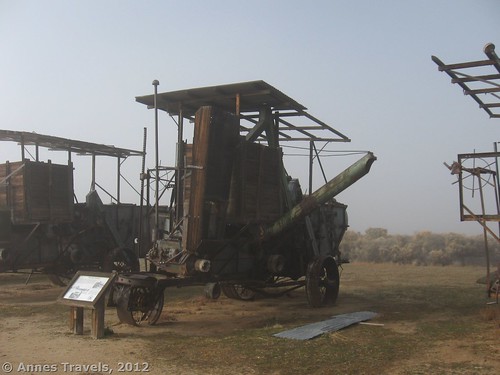
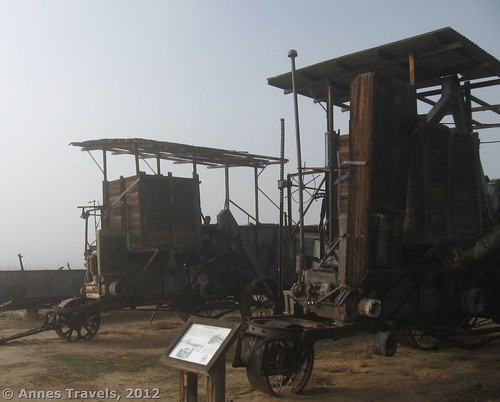
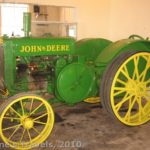
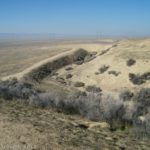
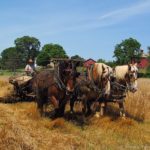
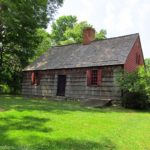
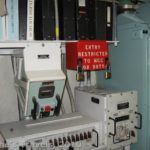
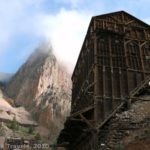
With havin so much content do you ever run into any problems of plagorism or copyright violation? My blog has a lot of unique content I’ve either written myself or outsourced but it looks like a lot of it is popping it up all over the internet without my agreement. Do you know any methods to help protect against content from being ripped off? I’d really appreciate it.
Great post! Putting together my own camping in wales site together. Hope you come and visit sometime. 🙂
Hi Tyson,
Looks like a cool sight–I love the pictures!
Anne
Hi Delmonaco,
I don’t mind people copying my content to other sites, as long as they link back to my site. That said, this is the internet, so although you can ask people not to take your content, people do it all the time without regard to your copyrights.
Anne
Pingback: 5 Worst Hiking Mistakes I’ve Made - Anne's Travels